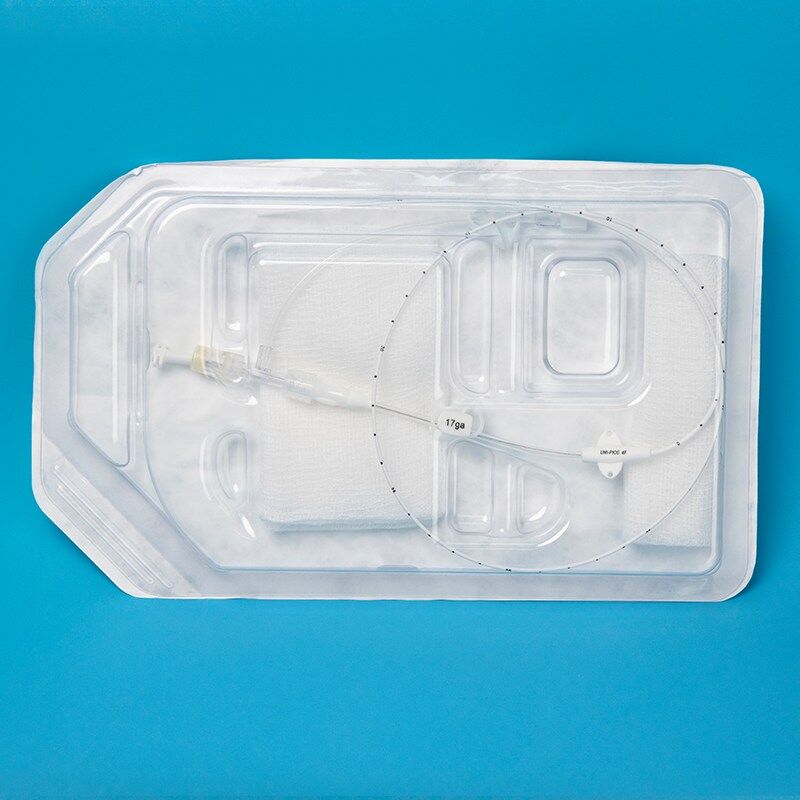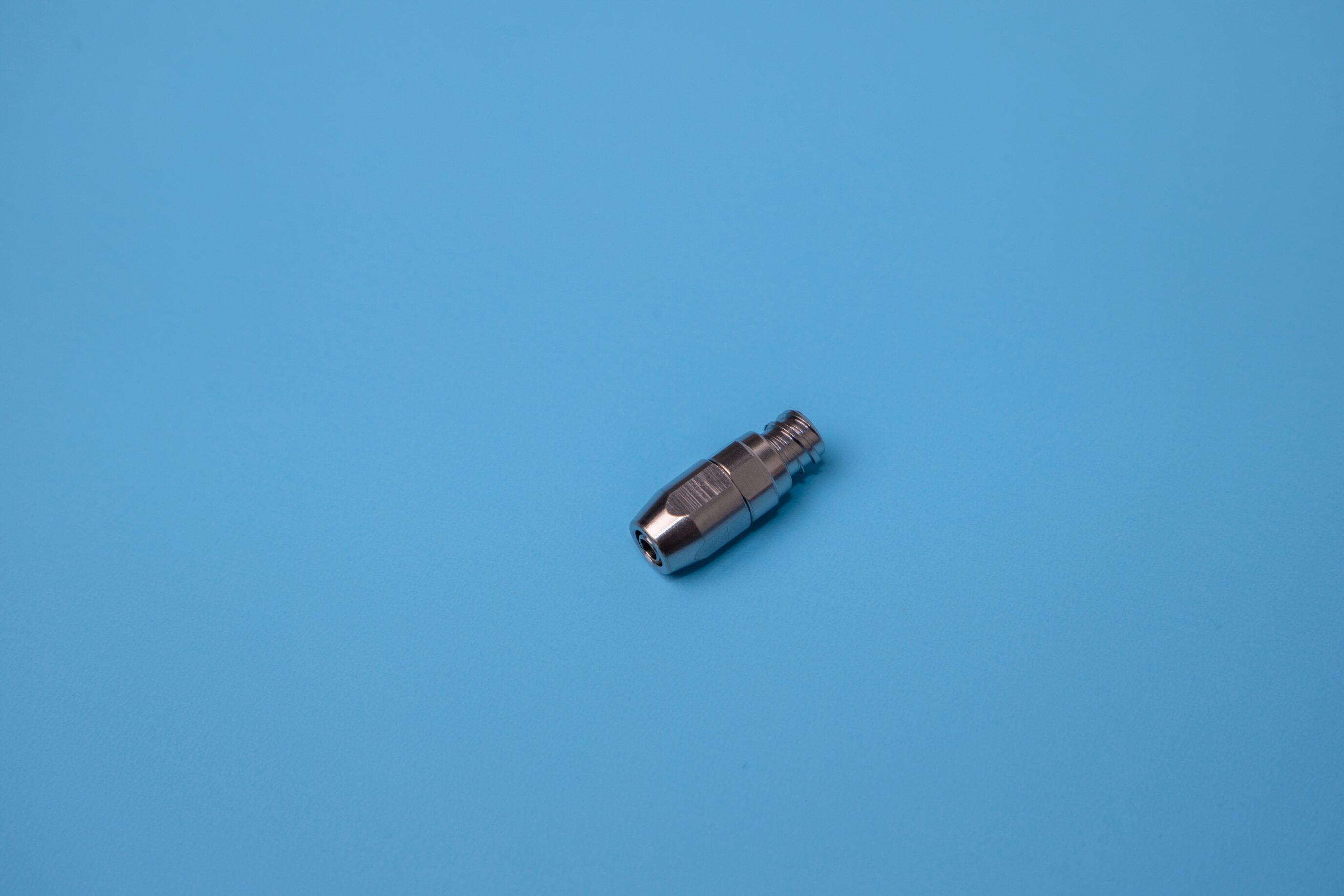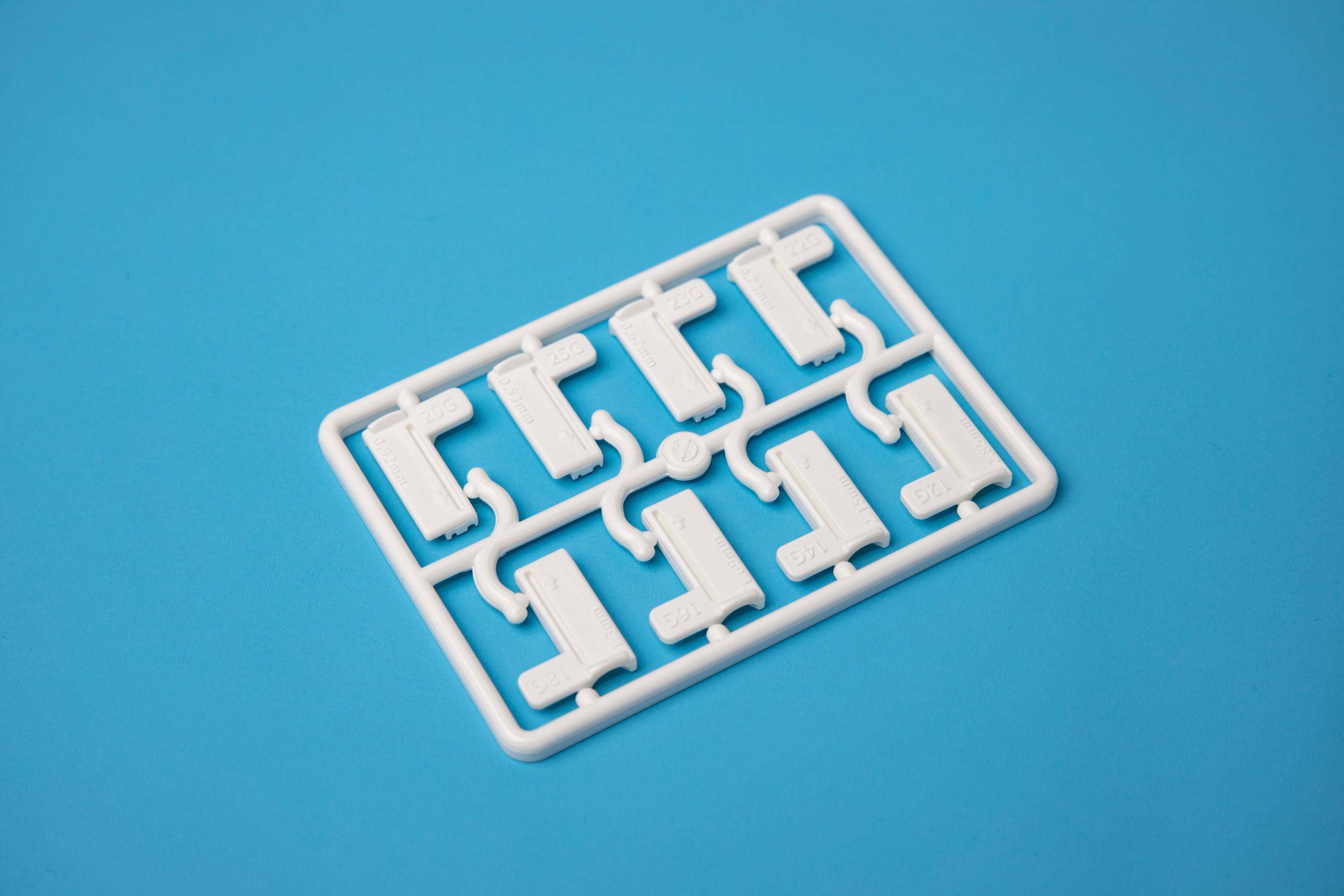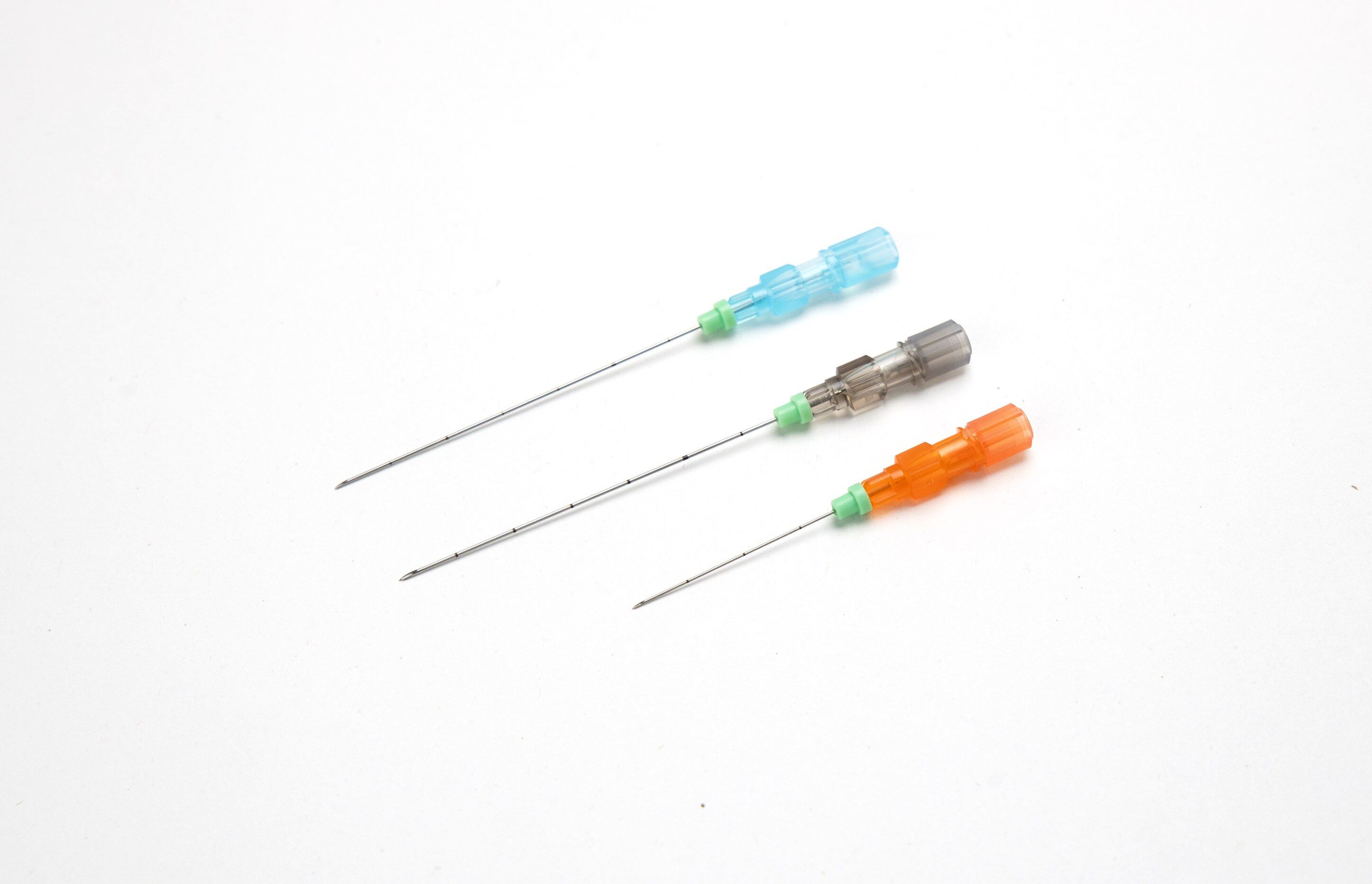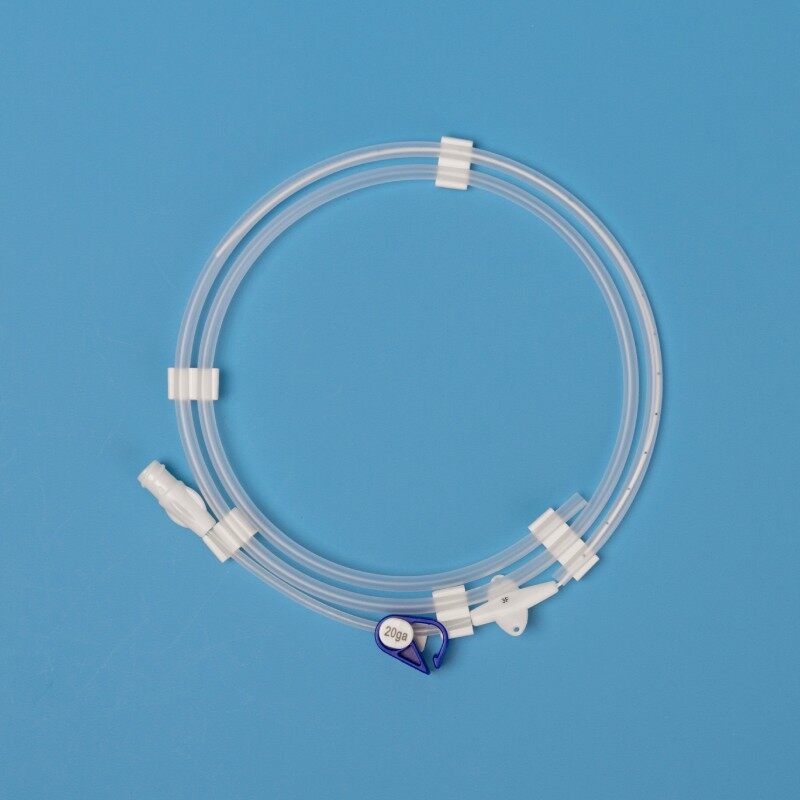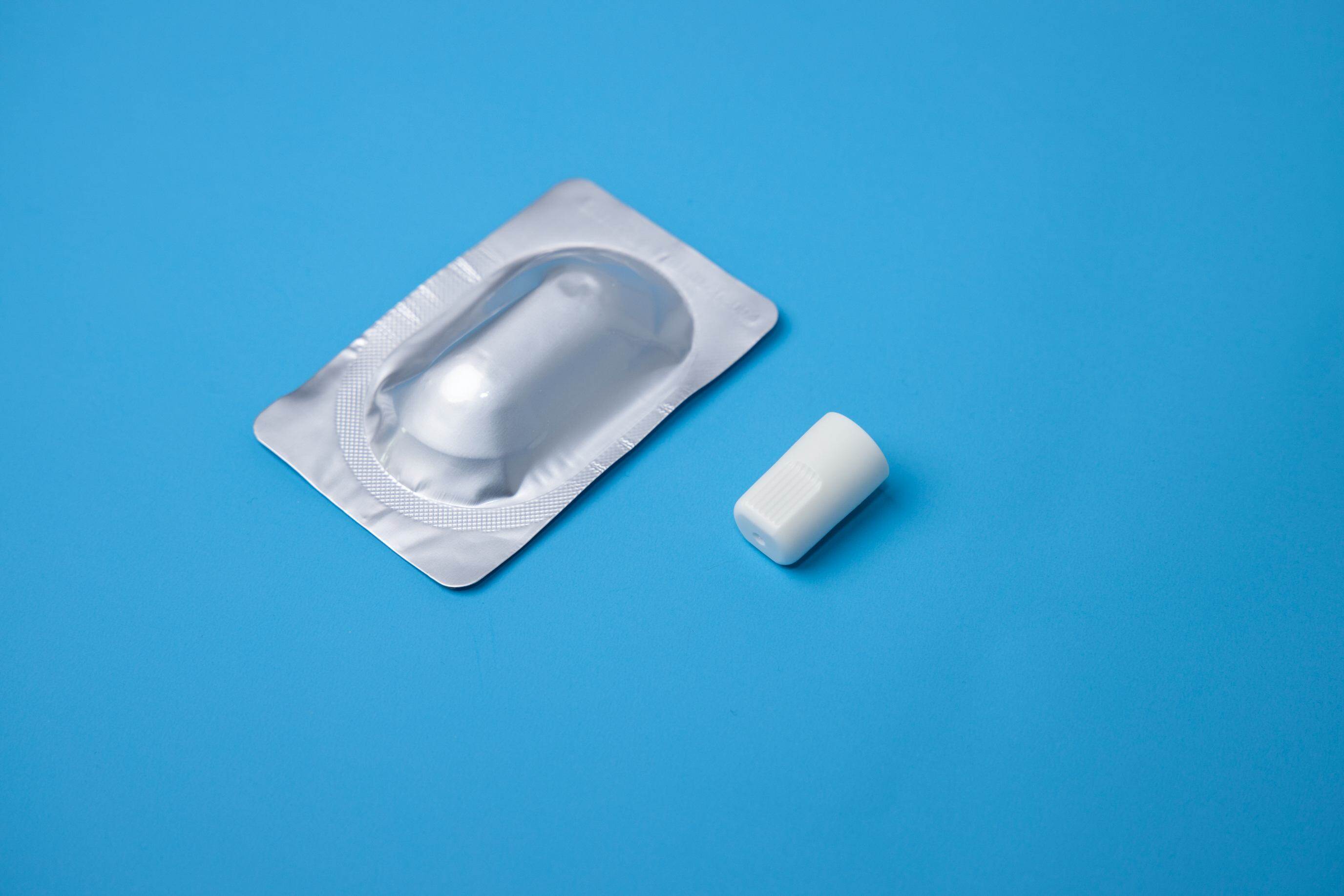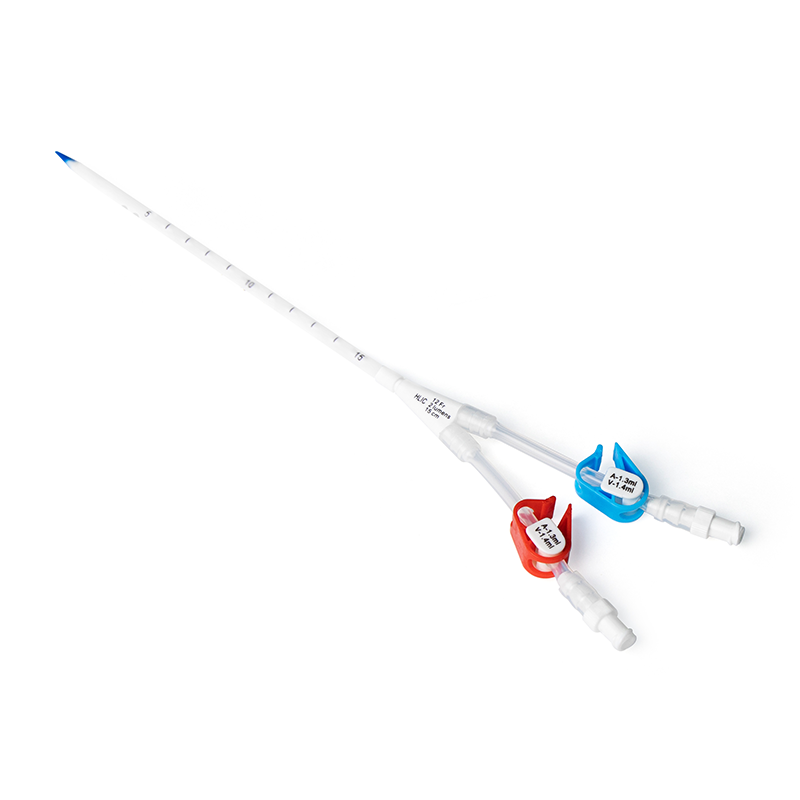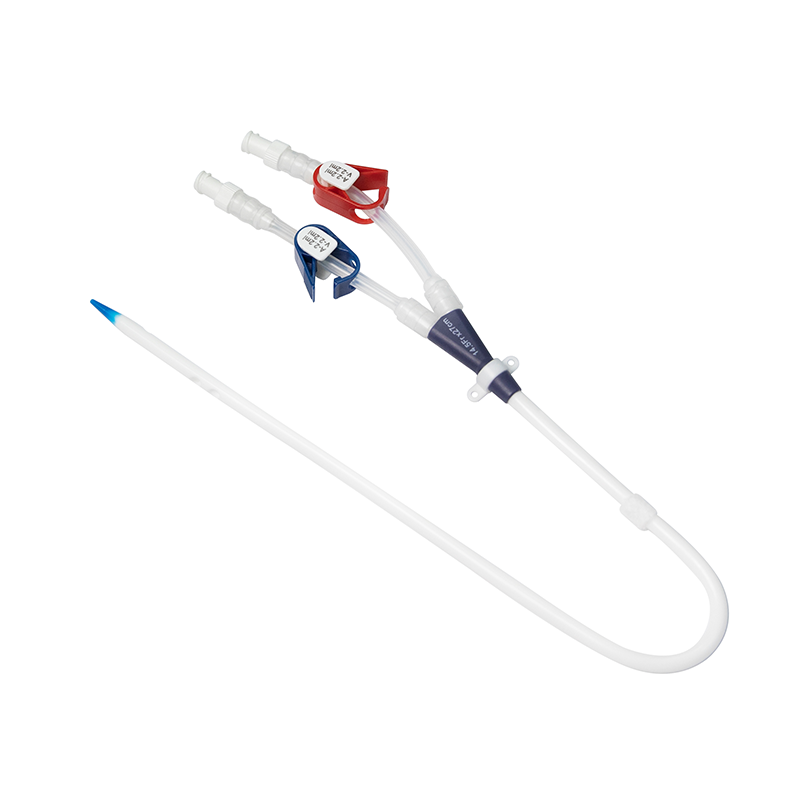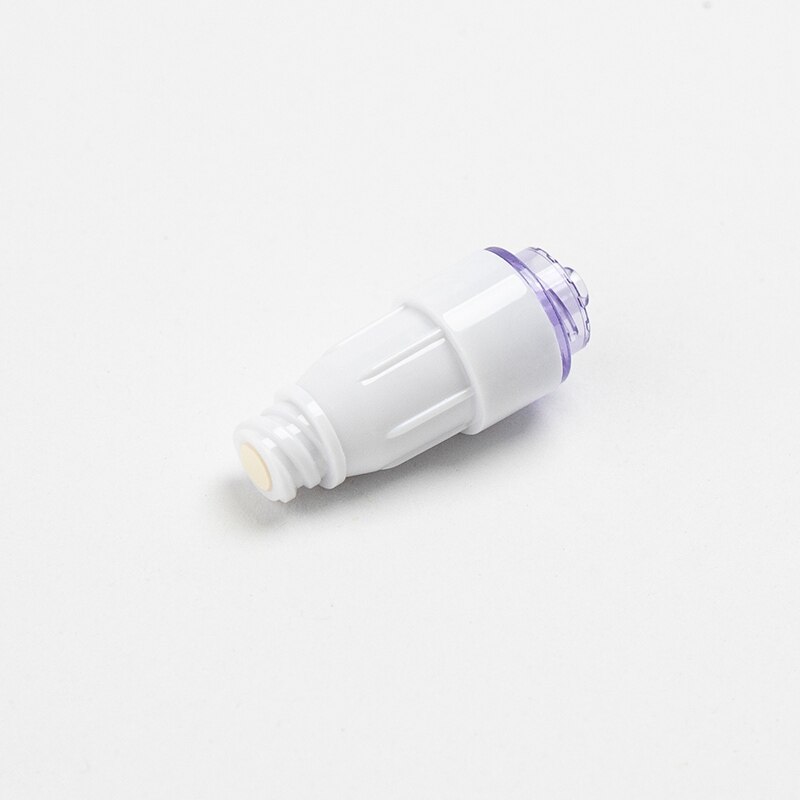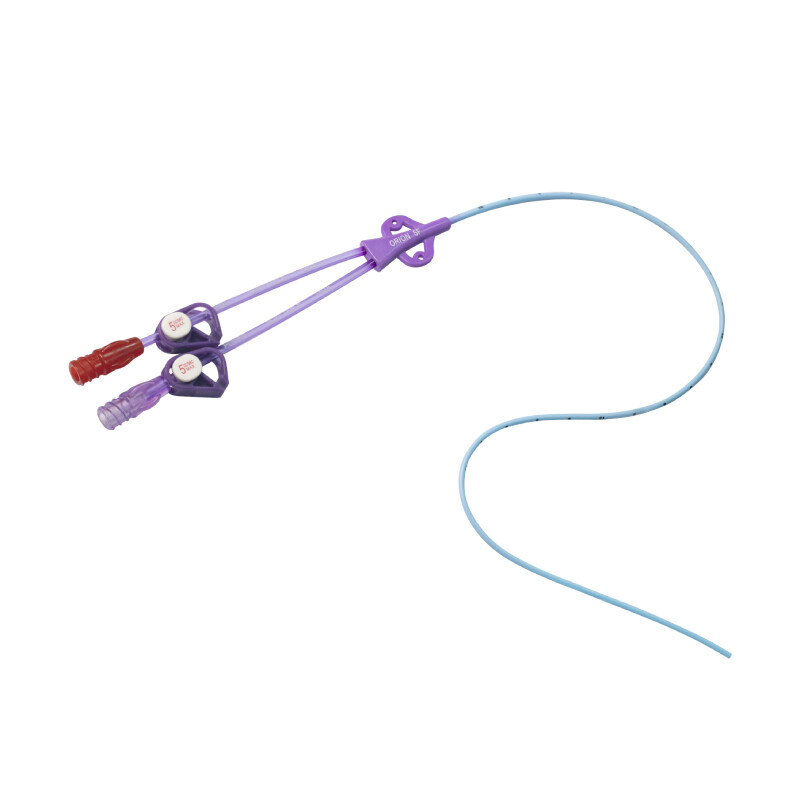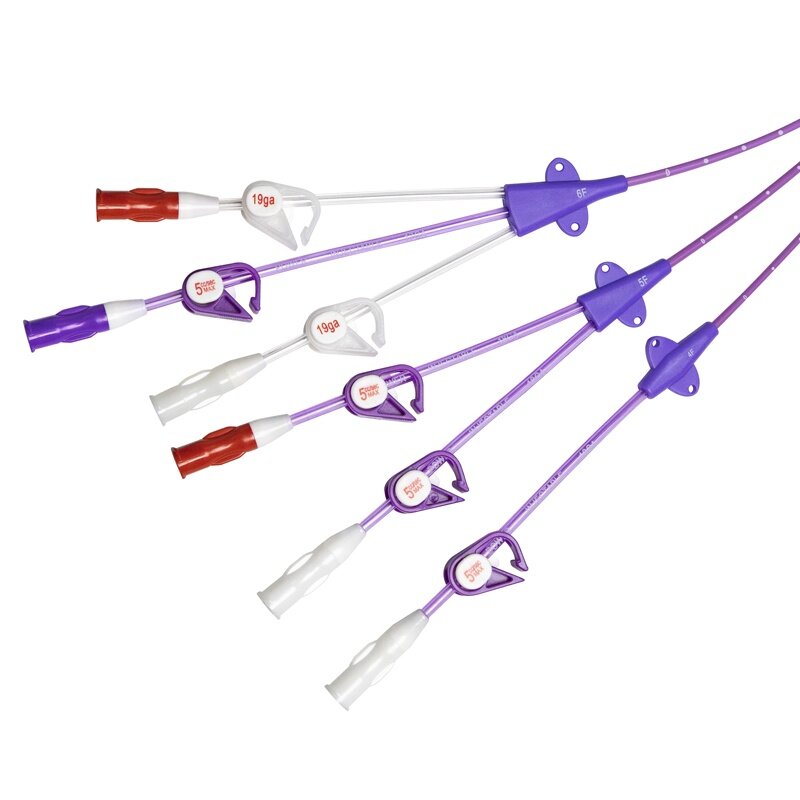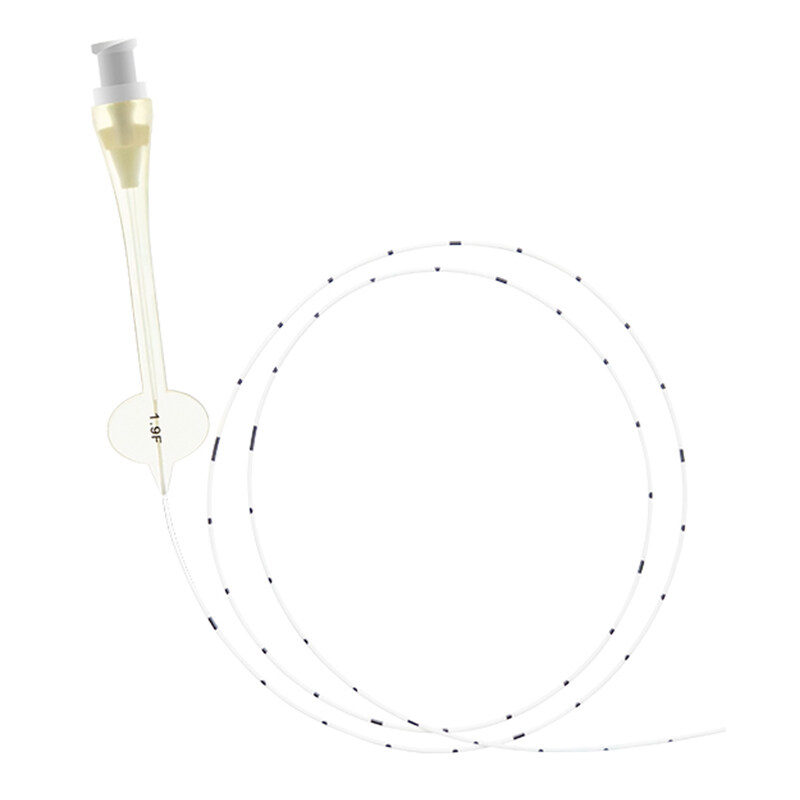4 types of central venous catheter
There are 4 types of central venous catheters, each with their own unique features and benefits. These include:
Single Lumen Central Venous Catheter
This is a basic central venous catheter that consists of a single tube that is inserted into a central vein, usually in the neck, chest, or groin. It is typically used for short-term venous access and is suitable for patients who require medication or fluids that cannot be administered through a regular IV.
Double Lumen Central Venous Catheter
This type of catheter consists of two tubes, allowing for two separate lines to be established in the central vein. This is useful for patients who require multiple medications or fluids to be administered at the same time and can also be used for hemodialysis.
Triple Lumen Central Venous Catheter
This catheter has three separate tubes, allowing for three separate lines to be established in the central vein. This is useful for patients who require multiple medications or fluids to be administered simultaneously and can also be used for hemodialysis.
Quad Lumen Central Venous Catheter
This is the most advanced type of central venous catheter, with four separate tubes for the administration of medications, fluids, and blood products. This catheter is useful for critically ill patients who require frequent monitoring and rapid administration of multiple medications and fluids.
Overall, the type of central venous catheter used will depend on the specific needs of the patient and the intended duration of venous access. Healthcare providers will evaluate the patient's condition and determine the most appropriate type of catheter to use to ensure safe and effective treatment.
What is a central venous catheter used for?
A central venous catheter is a thin, flexible tube that is inserted into a vein, usually below the right collarbone, and guided (threaded) into a large vein above the right side of the heart called the superior vena cava.
What are the types of central venous catheters?
The doctor will recommend the type of CVC you should have based on your situation and how long the CVC may be needed.
Three common types of CVC are a tunneled central venous catheter, a peripherally inserted central catheter, and a subcutaneous port.
There is still a lot to learn about central venous catheters, for example about the 4 types of central venous catheter. Only with a better understanding of the 4 types of central venous catheter can we make the most of its usefulness.
It is worth noting that each type of central venous catheter has its own advantages and disadvantages. For example, single lumen catheters are relatively simple to insert and are less prone to complications, but they can only provide one line of access to the central vein. On the other hand, quad lumen catheters can provide multiple lines of access, but are more complex to insert and carry a higher risk of complications.
Other factors to consider when selecting a central venous catheter include the patient's medical history, current health status, and the purpose of the catheter. For instance, patients with a history of clotting disorders or who require long-term venous access may benefit from a tunneled catheter that is placed under the skin. This type of catheter can reduce the risk of infection and clotting and can be left in place for several months.
Another important consideration is the material used to make the catheter. Some catheters are made of polyurethane or silicone, while others are made of polyethylene. Each material has its own benefits and drawbacks in terms of biocompatibility, durability, and ease of use.
Overall, the selection of a central venous catheter is a complex decision that requires careful consideration of the patient's individual needs and circumstances. Healthcare providers should work closely with patients and their families to ensure that they understand the benefits and risks of each type of catheter and can make informed decisions about their care.
Where is the central venous catheter placed?
A Central venous catheter is used to give intravenous fluids, blood transfusions, chemotherapy, and other drugs.
A central venous catheter is an indwelling device that is peripherally inserted into a large, central vein, and advanced until the terminal lumen resides within the inferior vena cava, superior vena cava, or right atrium.
Haolang medical specializes in developing, manufacturing, and distributing a series of products for vascular access, infusion therapy, and infection control.
For questions about the central venous catheter, including the 4 types of central venous catheter, you are always welcome to contact Haolang Medical to find out more.

